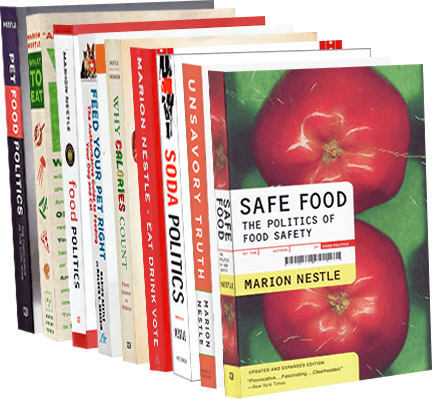Industry-funded study of the week: Would you believe kimchi?
I learned about this one from a commentary from Yoni Freedhoff, MD: Kimchi: Not Magically Protective Against Weight Gain.
- The study: Association between kimchi consumption and obesity based on BMI and abdominal obesity in Korean adults: a cross-sectional analysis of the Health Examinees study. BMJ Open. 2024 Jan 30;14(2):e076650. doi: 10.1136/bmjopen-2023-076650.
- Participants: “This study analysed 115 726 participants aged 40-69 years enrolled in the Health Examinees study in Korea.”
- Results: “In men, total kimchi consumption of 1-3 servings/day was related to a lower prevalence of obesity (OR: 0.875 in 1-2 servings/day and OR: 0.893 in 2-3 servings/day) compared with total kimchi consumption of <1 serving/day. Also, men with the highest baechu kimchi (cabbage kimchi) consumption had 10% lower odds of obesity and abdominal obesity. Participants who consumed kkakdugi (radish kimchi) ≥median were inversely associated with 8% in men and 11% in women with lower odds of abdominal obesity compared with non-consumers, respectively.”
- Conclusions: “This large cross-sectional study described the association between kimchi consumption and obesity. In conclusion, total kimchi consumption of 1–3 servings/day was shown to be reversely associated with obesity in men. Regarding the type of kimchi, baechu kimchi was associated with a lower prevalence of obesity in men, and kkakdugi was associated with a lower prevalence of abdominal obesity in both men and women. However, since all results showed a ‘J-shaped’ association, excessive consumption suggests the potential for an increase in obesity prevalence. As kimchi is one of the major sources of sodium intake, a moderate amount of kimchi should be recommended for the health benefits of its other components. In addition, further investigation and prospective studies are needed to confirm the relationship between kimchi consumption and obesity.”
- Competing interests: “HJ and SS have no conflicts of interest to declare for this study. Y-RY and SWH are members of the staff at the World Institute of Kimchi.”
- Funding: “This research was supported by grants from the World Institute of Kimchi (KE2201-1) funded by the Ministry of Science and ICT, Republic of Korea.”
Dr. Freedhoff ‘s analysis of the data:
According to the paper, men who reported eating two to three servings of kimchi per day were found to have lower rates of obesity, whereas men who reported eating three to five servings of kimchi per day were not. But these are overlapping groups! Also found was that men consuming more than five servings of kimchi per day have higher rates of obesity. When taken together, these findings do not demonstrate a statistically significant trend of kimchi intake on obesity in men. Whereas in women, things are worse in that the more kimchi reportedly consumed, the more obesity, in a trend that did (just) reach statistical significance.
Comment: Why anyone would expect kimchi (spicy fermented vegetables such as cabbage) to affect obesity one way or the other is beyond me, but the World Institute of Kimchi must want more people to eat it. Does anyone need an excuse to eat kimchi? It’s great on its own without needing this kind of claim. This study is about marketing, not science.




